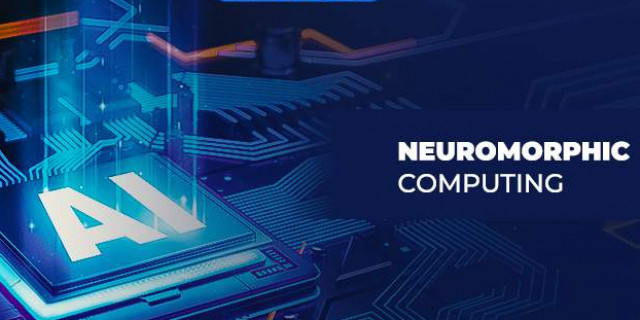Learn what is Neuromorphic computing

Neuromorphic computing allows robots to learn and adapt like the human brain, which might revolutionize computing.
Published: 2023-04-09
The article in Human Brain Project discusses Neuromorphic Computing, which aims to create brain-inspired computer systems. SpiNNaker and BrainScaleS neuromorphic computing devices, developed by the European Union-funded Human Brain Project, have advanced this discipline.
The SpiNNaker system simulates biological neurons and synapses. It simulates brain neurons using thousands of low-power CPUs. This technology simulates neurological activities including visual processing and motor control.
The BrainScaleS technology simulates individual neurons and synapses. Custom chips simulate brain ion channels and other biological functions in this system. It simulates complicated neural networks and has been used to investigate auditory system neurons and neural circuit dynamics.
Neuromorphic computing allows robots to learn and adapt like the human brain, which might revolutionize computing. Neuromorphic systems excel at complicated, simultaneous tasks like image recognition and speech processing.
Neuromorphic computing requires energy-efficient, scalable platforms. The Human Brain Project is creating neuromorphic computing-optimized hardware and software to solve these issues.
The Human Brain Project develops hardware, software, and brain research. Researchers examine neural circuits to learn how the brain processes information and how to develop better computer systems.
In conclusion, Neuromorphic Computing might transform computing. The Human Brain Project developed neuromorphic computing-optimized hardware and software architectures and improved brain knowledge.